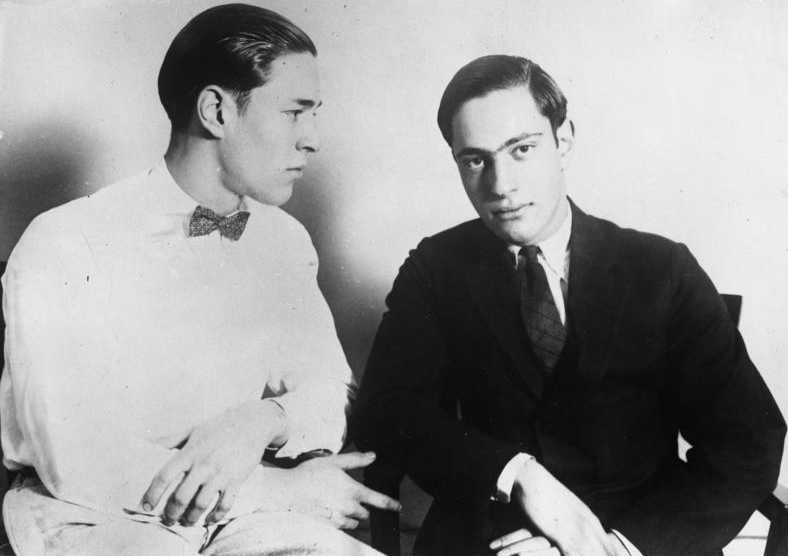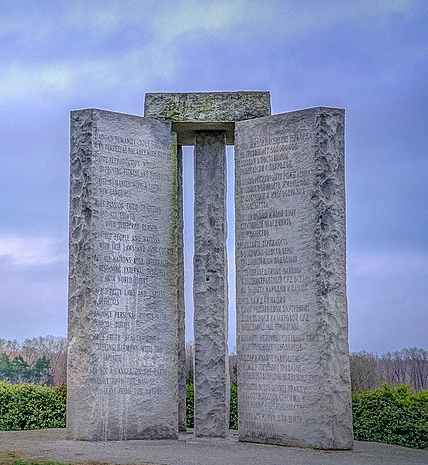Leopold and Loeb, the Masterminds Behind the Crime of the Century
Nathan Freudenthal Leopold Jr. and Richard Albert Loeb, often known as Leopold and Loeb, were two wealthy University of Chicago students who kidnapped and murdered 14-year-old Bobby Franks in Chicago, Illinois, in May 1924.
They didn’t appear to be killers. Richard Loeb, a graduate student of 18, was intelligent, beautiful, charming, and affluent. Nathan Leopold, a 19-year-old friend and lover was a brilliant law student, a published ornithologist, and the heir to a manufacturing fortune.
Despite their pedigree, the couple — who saw themselves as Nietzschean “supermen” to whom no rules applied — became obsessed with committing the perfect crime. They were, however, sloppy criminals.

Nathan Freudenthal Leopold Jr. and Richard Albert Loeb
Nathan Leopold grew up in a privileged family. Leopold never had to pay for anything because his father paid for everything. He was exceptional for reasons other than his family’s wealth.
He was a genius with an IQ of over 200, more than double the national average. His education was quick, thanks to his intelligence, which allowed him to skip a few grades and enroll in college at the University of Chicago at the age of 14.
He learned 15 languages, spoke 5 of them, and rose to prominence in ornithology (the study of birds). Leopold gave speeches and taught seminars on his chosen topic at surrounding elementary and prep schools and was widely regarded as a clever, intelligent young man.
Leopold, on the other hand, was constrained in different ways. He never needed others, friends, or peers to do anything in his life. Because of his intelligence, he considered everyone to be inferior to himself, except for Richard Loeb.
Richard Loeb was raised in luxury. His father was a multimillionaire and a lawyer before becoming vice president of Sears, Robuck &Co. Loeb was given a substantial monthly allowance and the ability to collect additional money whenever he wanted, without question. He was also extremely bright.
With an estimated IQ of 160, he enrolled in college at the University of Chicago at the age of 14. Loeb transferred to and graduated from the University of Michigan at the age of 17, becoming the university’s youngest graduate ever.
How Did Leopold and Loeb Plan the Crime
Being high in intelligence, Leopold and Loeb both wanted to commit the perfect crime. The objective was not to earn money or any other materialistic gain but to have the self-satisfaction of achieving the impossible.
That winter, they talked for hours about the crime and plotted its specifics. They decided on a $10,000 ransom, but how would they get it? After much deliberation, they devised a perfect strategy: they would direct the victim’s father to throw a packet holding the money from the train traveling south of Chicago along the elevated rails west of Lake Michigan.
They’d be waiting below in a car, and as soon as the ransom hit the ground, they’d sweep it up and flee.
How did They Execute the Actual Crime?
Loeb began to discuss his plan to commit the perfect crime. They had committed several burglaries and lit fires together, but none of their offenses had been publicized in the press. Loeb desired to commit a crime that would get the entire city of Chicago talking.
What could be more shocking than a child’s kidnapping and murder? It would have being so much better if they wanted a ransom from the parents.
Obtaining the ransom without being discovered would be a complex and demanding undertaking. According to Loeb, kidnapping a child would be a daring deed, and no one would ever know who had done it.
The pair meticulously planned every element of the crime for seven months. On May 21, 1924, the boys carried out their plot by kidnapping Bobby Franks, their neighbor, after offering Franks a lift home from school.
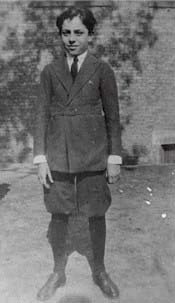
While inside the car, Loeb whacked him in the back of the skull with a chisel, though some argue that both Leopold and Loeb struck the youngster. They drove the body to Indiana, dumped it, and then called Franks’ parents for ransom to derail the police investigation.
That night, they wrote a ransom note and called the victim’s mother to inform her that her son had been kidnapped. Railroad employees discovered the body before their letter arrived, and police officers began investigating.
The police discovered a pair of glasses dropped by Leopold near the body and could identify the owner. According to investigators, the typewriter used to draft the ransom message also belonged to Leopold.
The two murderers were apprehended, and both confessed to their crimes. Although they were anticipated to get the death penalty, famed defense attorney Clarence Darrow took their case and used a plea of insanity to reduce the sentence to life in prison. In 1936, a fellow convict stabbed Loeb to death, and Leopold was eventually released in 1958.

What Was the Key Evidence Which Linked Leopold and Loeb with The Crime
First, the body, which had been inadequately buried, was discovered the following day. This triggered an immediate hunt for the killers, which Loeb himself participated in. The typewriter used to create the ransom note was recovered from a lake, and a pair of spectacles was discovered beside Franks’ body.
The spectacles contained a specific patented spring for the pricey horned rim frame that had been sold in only one store in Chicago and purchased by only three persons before they were tracked to Loeb’s optometrist.
Two were found promptly, and the third belonged to Nathan Leopold, who calmly explained to authorities that he had dropped them when bird hunting earlier in the week.
This explanation could have been enough, but reporters monitoring the case quickly discovered other letters from Leopold that matched the ransom note. Both Leopold and Loeb confessed when confronted with this evidence.
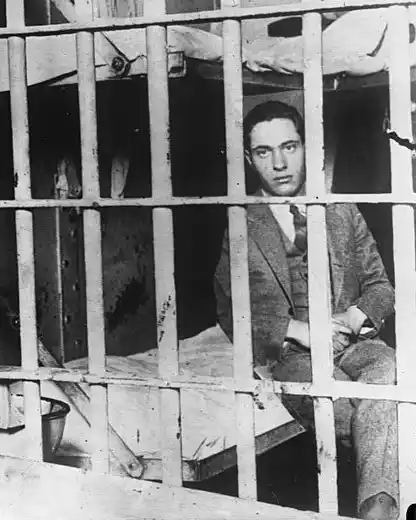
The Aftermath of The Incident
Darrow, a leading lawyer hired by Leopold’s father, defended the two before Judge John R. Caverly for 33 days in July-August 1924, giving an articulate case against capital punishment. Finally, the judge sentenced them to life in prison for murder and 99 years for kidnapping. They were transferred to the Northern Illinois Penitentiary in Joliet.
A fellow inmate killed Loeb in January 1936. Leopold was given parole in 1958 and worked as a hospital technician in Puerto Rico, where he married a widow in 1961. Ten years later, he died of a heart attack. He published his autobiography called Life Plus 99 Years in 1958.

What was the Relationship Between Leopold and Loeb
It was more than just a friendship. Nathan Leopold was madly in love with Richard Loeb and would go to any extent to please him.
“Loeb’s companionship was vital to me – painfully necessary,” Leopold later wrote. He stated that his motivation for the crime was “to satisfy Richard.”
The Judgement and the Legal System’s Flaws
Clarence Darrow, their attorney, pled both young men guilty to the charges against them but successfully argued that they should not be given the death penalty due to mitigating circumstances related to their respective mental states.
The public and legal debate over what drove Leopold and Loeb to murder began in earnest.
Expert psychiatric witnesses for Darrow used psychoanalytic methodologies to demonstrate that, while Leopold and Loeb were not mad, they had underlying desires that impaired their judgment.
The application of psychoanalysis to comprehending a supposedly new sort of criminal swiftly made the Leopold-Loeb case look like a tragic result of the transformations that were taking place in 1920s American society. The story of Leopold and Loeb gradually took on its own life.
Legal authorities, mental health professionals, lay people, and sensationalist news media all collaborated to shape and change impressions of the case in 1924. In the decades since, contemporary popular conceptions of psychology and murder have come to dominate Leopold and Loeb’s public memories of the events of 1924.
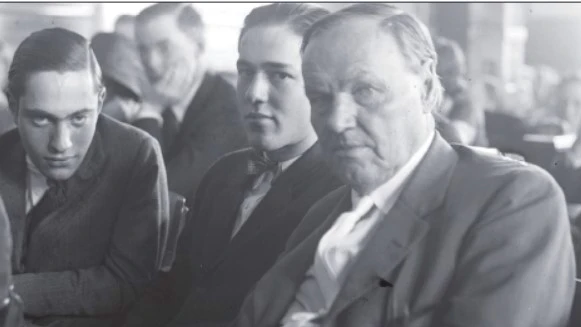
Clarence Darrow, their lawyer, pioneered the psychiatric defense in the court system. He stated that their governess had harassed the children and left them with sentiments of physical inferiority.
He claimed that Leopold was affected by his mother’s death and that Loeb was pushed to excessive academic overachievement. Furthermore, Leopold and Loeb had indulged in wild imaginations.
Before the 1920s, the dominant perception of aggressive youths was insufficiency and deprivation. Juvenile killers were often assumed to be mentally retarded. The popular wisdom holds that delinquents were ignored by their families and were denied an education.
But the Leopold and Loeb case called that into question. The topic suggested that any parent could have raised these two young murderers. According to a distinguished judge:
The court stated, “Let no parent think that the Leopold-Loeb case teaches him nothing. It’s more than just a murder story. It is the narrative of contemporary youth, parents, current economic and social conditions, and contemporary schooling”.
On the other hand, the court felt compelled to dwell briefly on the wealth of facts collected regarding the two defendants’ physical, mental, and moral health. They have been demonstrated to be aberrant in keyways; if they had been expected, they would not have committed the crime.
It was beyond the court’s jurisdiction, as it is beyond humankind’s current capacity to predicate ultimate responsibility for human activities.
In the meantime, the court was willing to acknowledge that the comprehensive investigation of the defendants’ life histories and current mental, emotional, and ethical conditions has been extremely interesting and is a valuable contribution to criminology.
Nevertheless, the court believed that a similar study of other people accused of crimes would likely uncover similar or different irregularities. The significance of such tests appears to be in their universal relevance to crime and criminals.
They may merit legislative but not judicial consideration since they address the general issue of human responsibility and legal punishment and are not unique to the individual accused. Due to these results, the court was satisfied that the judgment in the current case would not be harmed.
The evidence presented in this case points to a heinous crime. It was, in some ways, unexplainable, but that does not make it any less inhuman or awful. It was carefully planned and prepared for over an extended length of time.
The crime was carried out with every characteristic of callousness and cruelty. And here, the court will state not to acquit the accused but to dispel a rumor that appears to have gained traction in the mind of the general public,
However, that aspect was not required to make the crime repulsive to every instinct of human capacity. The court was happy and satisfied that there were no mitigating circumstances in the act itself, its intentions or lack thereof, or the antecedents of the criminals.
In the alternative, the law sets distinct sentences for the crime of murder and kidnapping for ransom. The statute states that whoever is guilty of murder shall be punished by imprisonment or death in prison for his natural life or a term not less than 14 years.
Instead of condemning the young men’s parents, the judge and press accepted Clarence Darrow’s argument that culture, institutions, and violent social circumstances were primarily to blame for the crime.
Darrow also successfully put the morality of the death penalty to the test. He admitted his clients’ fault and urged the audience to hate crime, not the sinner. He successfully convinced the judge to condemn the two killers to life in prison.
Other Alleged Crimes Done by Leopold and Loeb
Loeb revealed to defense team psychologists that he had committed “at least four further unknown crimes.” Some believe the two guys were engaged in multiple crimes involving a chisel, an attack, a murder, and a mysterious death.
The attacked victim, Charles Ream, filed a civil complaint against the duo, which resulted in a hung jury and a substantial cash settlement from the two families.

Leopold’s Life After Prison
After thirty-three years and multiple unsuccessful requests, Leopold was paroled in March 1958.
The Brethren Service Commission, a program linked with the Church of the Brethren, hired him as a medical technician at their hospital in Puerto Rico.
In one essay, he stated, “To me, the Brethren Service Commission offered the employment, the house, and the sponsorship without which a man cannot be paroled.”
But it gave me so much camaraderie, acceptance, and affection that would have made violating parole nearly tricky.”
His neighbors and coworkers at Castaner General Hospital in Adjuntas, where he worked as a laboratory and X-ray assistant, were known as “Nate.”
Later that year, in 1958, Leopold intended to establish the Leopold Foundation, funded by profits from Life Plus 99 Years, and help emotionally troubled, mentally disabled, or criminal youngsters. However, the state of Illinois revoked his charter because it breached the terms of his parole.
In 1959, Leopold attempted to halt the development of the film adaptation of Compulsion, claiming that Levin’s book had invaded his privacy, defamed him, benefited from his life story, and blended fact and fiction to the point of indistinguishability.
The Illinois Supreme Court eventually decided against him, ruling that as the admitted perpetrator of the “crime of the century,” Leopold could not credibly claim that any book had harmed his reputation.
Leopold afterward migrated to Santurce and married a widowed florist. He got a master’s degree at the University of Puerto Rico, then taught there; became a researcher in the Puerto Rico Department of Health’s social service program.
He worked for an urban redevelopment and housing agency; and conducted leprosy research at the University of Puerto Rico School of Medicine.
Leopold was also a member of the Natural History Society of Puerto Rico, and he traveled to the island to monitor the island’s birdlife. He published the Checklist of Birds of Puerto Rico and the Virgin Islands in 1963.
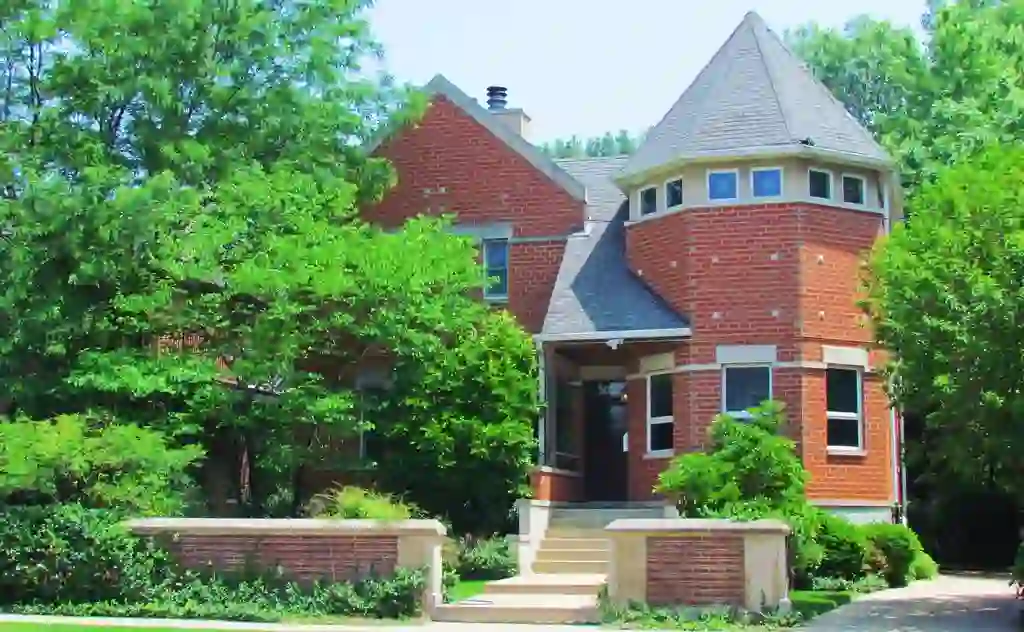
What Are the Movies and Other Literature Developed and Influenced by The Crime of the Century
• Rope by Alfred Hitchcock (1948)
• The biography Life Plus 99 Years by Leopold (1958)
• Compulsion by Meyer Levin (1956).
• James Yaffe’s Nothing but the night
• Mary-Carter Roberts’ Little Brother Fate
• Swoon (1992)
• Amusing Games (1997)
• Native Son, by Richard Wright (1940).
• “The Sisters,” a Matlock episode
• “Columbo Goes to College,” a Columbo episode (1990)
• Murder by Numbers by Barbet Schroeder (2002)
• Ice Haven, Daniel Clowes’ 2005 graphic novel
• Stephen Dolgoff’s off-Broadway musical Thrill Me: The Leopold and Loeb Story premiered in 2005.
• Scream (film) (1996)
Conclusion
Leopold and Loeb claimed the strikes that killed Bobby Franks were delivered by the other.
In addition to their confessions to authorities, both Leopold and Loeb made numerous incriminating statements to the press in which they described their plans to commit this crime and their elaborate self-justifications for the murder, which included invoking German philosophers such as Friederich Neitzche.
Their friendship had been defined by grandiose illusions and delusions, highly ritualized games with elaborate plots and counterplots.
References
https://www.ojp.gov/ncjrs/virtual-library/abstracts/crimes-century-leopold-and-loeb-oj-simpson

